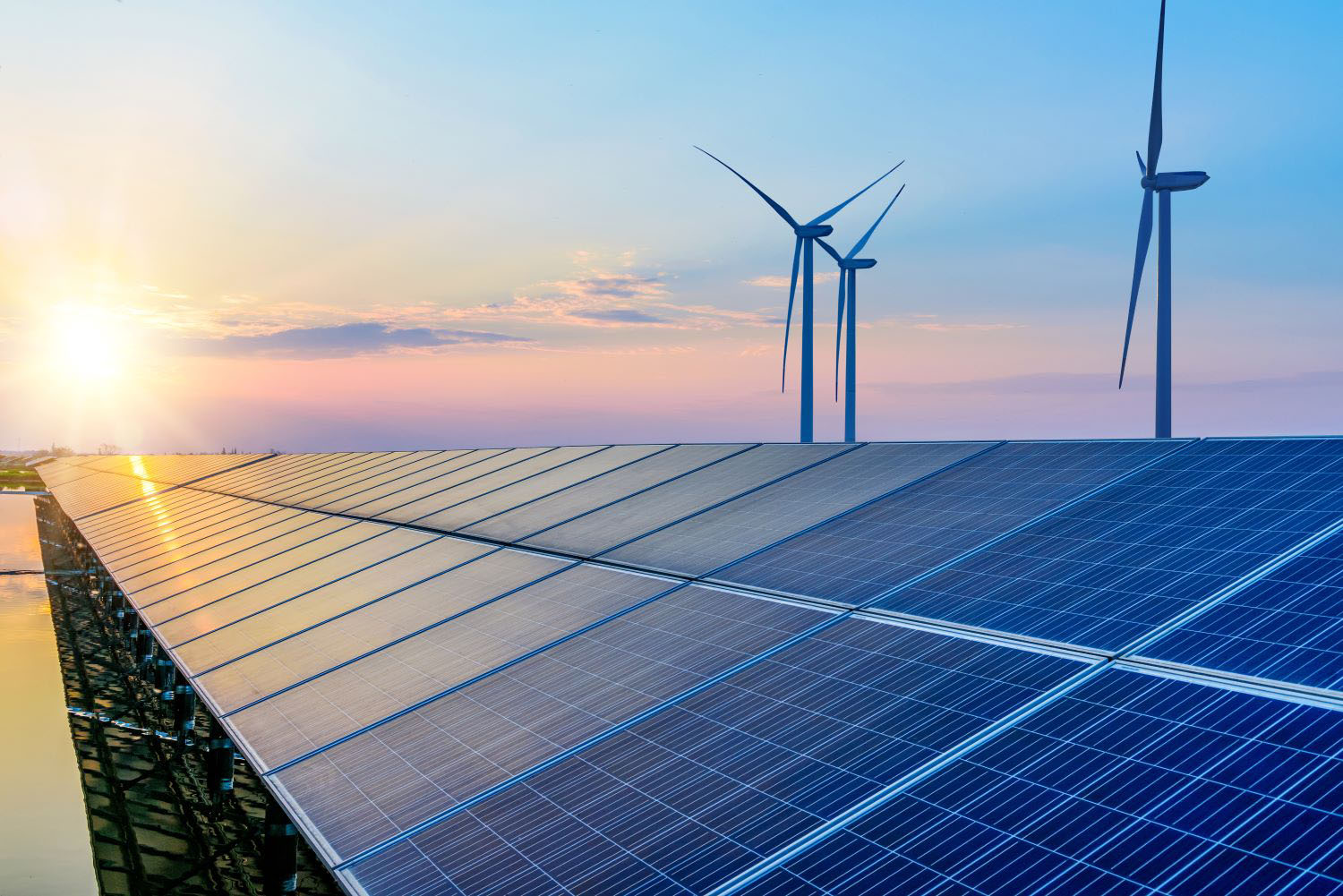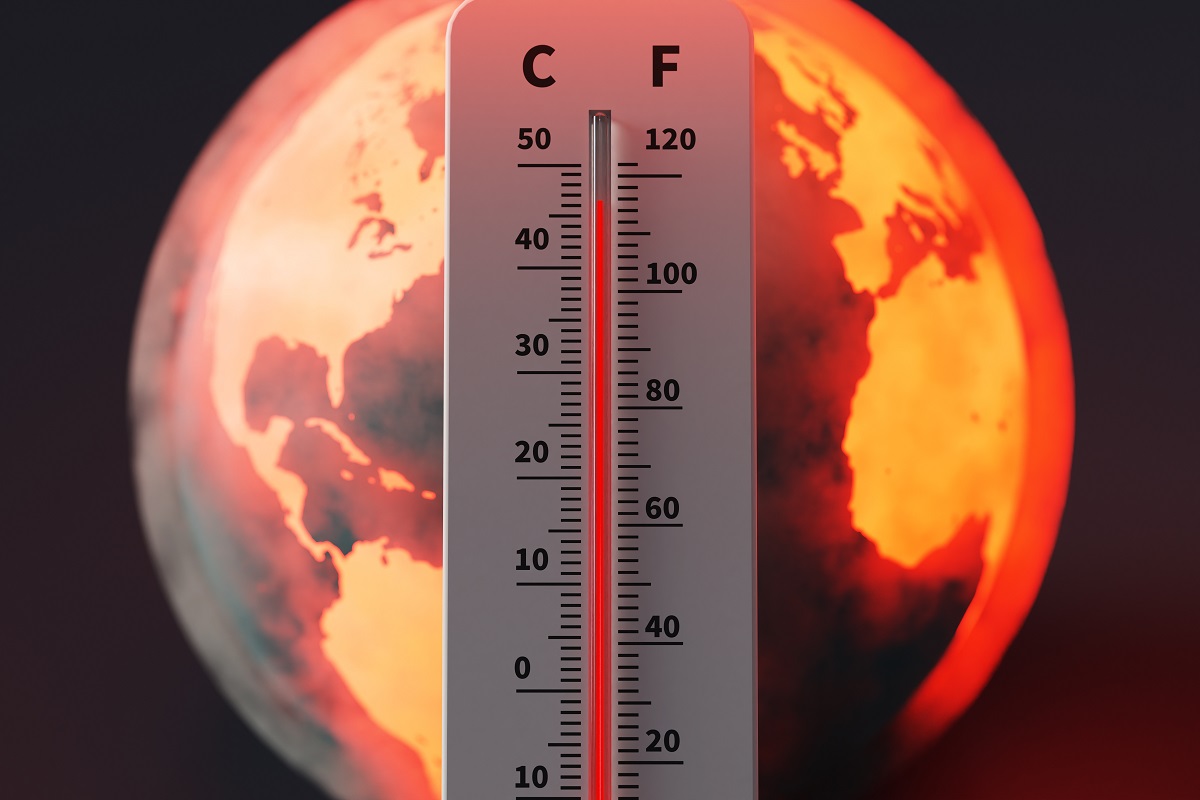Recommended
When negotiators gather at COP28, climate finance and a new goal for 2025 onwards will be high up on the agenda. Despite good intentions, the distrust that has arisen from the current $100bn target—and a lack of clarity over its definition—has undermined negotiations for over a decade. There is serious work which suggests a case for large transfers of finance for climate—but in this blog, I argue developing countries would be wise to push for a combined climate and development finance goal.
Such a target would ensure meaningful additional resources for climate in a way that the last $100bn target failed to do. It would remove the incentive to green wash development finance, and through clearer measurement, would help to build trust.
Here, I set out the case and identify the steps necessary to take forward.
Learning from the failures of the $100bn target
The OECD has confirmed it expects that developed countries will meet the $100bn target for climate finance for the first time in 2022. Whilst this figure represents a substantial shifting of resources towards climate goals; it has not generated the “new and additional finance” that most observers expected when the agreement was made in 2009. Countries still provide 0.3 percent of their Gross National Income (GNI) in concessional finance (or 0.25 percent cross-border aid); but managed to declare $90bn on climate finance in 2021 through inflation, shifting spend to climate and—most importantly—by multilateral development banks (MDBs) lending more (helped by over a decade of loan repayments).
Has this shift towards climate generated better outcomes for developing countries? It’s hard to know because we know so little about the impact of climate finance—but the signs are not encouraging.Climate finance is disbursed more slowly than wider development finance, provides a smaller share to the poorest countries, and the two-thirds spent on mitigation, which though they benefit the planet as a whole, offer limited returns to the recipient country.
The options for a new goal
The Paris agreement requires that the $100bn goal is succeeded from the end of 2025 by a higher goal, which takes into account the needs and priorities of developing countries. Various serious studies have identified needs for climate and the sustainable development goals running into trillions per year; and whichever way you look at it, very significant sums are justified.
A series of technical dialogues on the new target have included discussion of the structure, temporal scope, and quantum and highlighted the options. A leading idea is an onion-style target, with layers representing different types of finance. The core would ideally be international public finance on a grant-equivalent basis; and the subsequent layers could be mobilised sources with the outer layer as private finance.
The actions on the outer layers are important—we need the global financial system to align and invest to achieve a net zero world using carbon pricing, taxes and regulation. But the core of the goal matters hugely because that provides the resources that underpin the finance in the outer layers. If there are not more resources going in, the target is just moving existing money around.
Why not just an ambitious climate finance target?
There have been suggestions that the climate finance goal should be set as a share of GNI; or that the current climate finance target should be doubled or tripled (to $300bn per year). There is some sense in each—the former ties effort to economic size; and the latter is a concrete number to hit.
But there are two major issues with a climate finance only approach. First, as above, existing (non-climate) development finance will just be repurposed, realigned or rebadged. Only one or two countries can argue their climate effort is genuinely additional—Luxembourg’s climate finance is entirely separate to its 1 percent of GNI budget for development, and Norway could* split its 1 percent, spending 0.7 percent on poverty reduction, and the rest on global goals including climate. For the 18 countries that spend under the 0.7 percent UN target (of 23 the current climate target applies to), this approach to additionality seems unrealistic.
Second, measuring “climate” finance is not straightforward. Countries have been green-washing for years and count finance based on its ‘principle’ objective or a portion if climate is one of (multiple) ‘significant’ objectives—this is a completely different method to that of multilateral development banks. MDBs have a coordinated approach which is ostensibly quite careful and measures each project’s climate element—but even that has faced criticism recently.
Fundamentally, it is very difficult to consistently categorise a share of a project’s finance as ‘for climate’. It’s useful to do so, and there’s plenty of scope for improvement, but in practice every country in the world (developing or otherwise) will have a climate element to every type of spend. Buildings will need to be lower energy and (more) climate resilient. Ditto cars. Also agriculture, transport, health, and education.
Trying to base the most important international finance agreement in history on a judgement about how much spend relates to climate change is a recipe for indefinite arguments and distrust. Some have argued that climate finance commitments should be separated (i.e. not counted as development finance—and vice versa), which would bring some coherence; but would still mean money shifted from development to climate.
So, how should you measure it?
We should aim to increase the total amount of climate and development international public finance by some agreed amount, measured in grant-equivalent terms.
There is already a well-established measure of grant-equivalent official international finance or ODA, (Official Development Assistance). Thisalready underpins nearly all concessional climate finance (whether bilateral or multilateral). We’ve been a critic of that measure—it overstates the grant equivalent of loans, includes domestic refugee spend, and is defined by providers with no serious input from recipients—but the detailed reporting is such that it could be relatively simply adjusted to be a far more robust measure than the face value climate finance currently reported.
Indeed, this would be an excellent opportunity to reform ODA so that it fully captures climate finance; but also tackle its deficiencies. The key step would be to include any concessional finance on a grant-equivalent basis (loans with a low grant equivalent are currently excluded) If this became a measure used by the UN, there could be an independent technical group appointed to tackle that change, and address its wider shortcomings. We would also expect an explicit recognition that all development spend must be climate-aligned; and there may be a case for a minimum level of adaptation spend (this is already a consideration in the discussions on the new goal). These are very manageable steps; and most would be valuable even if this wasn’t the basis of the new target.
How much and who pays?
This is a matter for negotiations. The ODA of (Annex II) countries responsible for the target was $170bn in 2022 (this figure excludes in-country refugee spend which doesn’t reach recipient countries); and given work on the needs relating to climate, it seems likely that figure will need to be substantially higher. Without putting a limit on ambition, and based only on existing contributors, if negotiations produced an additional $150bn—then an agreement for cross-border climate and development finance would be $320bn per year by 2035. Or the goal could aim to increase climate and development official finance by 0.1 percent of contributor GNI. Either would be so much more valuable than an aspirational and much larger climate-only figure.
In terms of who should pay, it’s clear that the US has contributed a tiny proportion of its fair share of climate finance; and our analysis suggests that China should also be contributing. If additional finance still seems politically impossible for the US in 2025; then the G7 and EU should agree on a target that they can manage; and be clear with the US that they expect support elsewhere (for example on NATO’s 2 percent defence target).
A new goal for climate and development (and people and planet)
The $100bn climate finance goal has undermined climate negotiations and action for over a decade. It relies on separating climate spend from development spend in a way that is technically challenging, and where no common standard exists. If lower-income countries want to ensure that there are more public resources provided to help them deal with climate, I recommend they argue for a combined climate and development finance goal based on cross-border, grant equivalent, climate-aligned finance that is measured using an updated version of the systems and standards underpinning ODA.
The target-level would be a matter for negotiations—but as long as the figure was increased substantially, it would fundamentally increase the resources for climate and development in a way that the last $100bn target never did.
If negotiators really want additional concessional resources for climate; this may be the clearest way to achieve it.
The authors are grateful to Jonathan Beynon and Beata Cicochka for comments on an earlier draft. All views and any errors remain those of the authors.
Updated to clarify Norway’s proposal to split its 1 per cent spend on poverty and climate was an independent proposal rather than a plan*
Disclaimer
CGD blog posts reflect the views of the authors, drawing on prior research and experience in their areas of expertise. CGD is a nonpartisan, independent organization and does not take institutional positions.
Image credit for social media/web: adobedesigner / Adobe Stock







